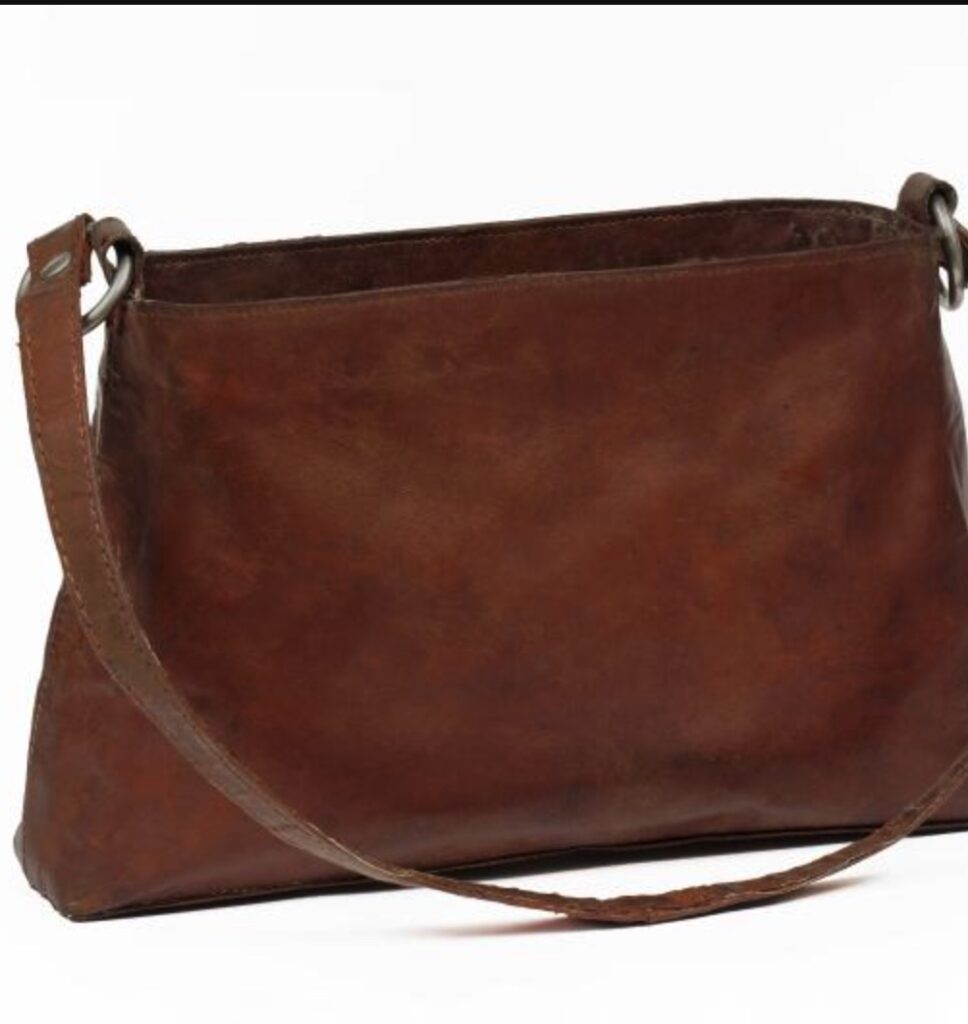Can fashion and environmental friendliness walk on the same path? Often, the idea is that to follow the first purpose, we run into problems with the second. Yet, companies are working precisely to enable the development of beautiful materials to see and touch that respect Mother Nature. This is a monumental leap toward sustainable, environmentally friendly solutions, as in the case of BioLeather. It is an innovative alternative to leather derived from tomatoes. With a mission to transform the leather industry and reduce its environmental impact, BioLeather offers a new standard of conscious consumption, providing a cruelty-free, PVC-free, PU-free and biodegradable option for high-end fashion enthusiasts.
Many benefits while preserving quality
Another alternative to replace all fossil-based raw materials is bio-based nonwovens. Such is the case with Pinatex. Renewable fibres from pineapple leaves are transformed into a nonwoven carrier coated with polylactic acid (PLA). Similarly, SnapPap consists of a fibrous cellulose-based nonwoven fabric. Its fibres are bonded by an acrylic acid (latex)–based polymeric binder. Traditional leather production often involves harmful chemicals and processes contributing to environmental degradation. BioLeather is an innovation that addresses these problems by offering a viable and sustainable alternative. Derived from tomato waste, this material boasts numerous advantages. BioLeather is a completely vegan option that appeals to those who want to make ethical choices without compromising quality and style.

Unlike traditional leather alternatives that often contain polyvinyl chloride (PVC) and polyurethane (PU), which can have a harmful impact on the environment, BioLeather is completely free of these synthetic materials. One of the most remarkable features is its biodegradability. Unlike conventional leather, which can remain in the environment for decades, BioLeather naturally decomposes over time, reducing its impact on landfills and ecosystems. It also has similar properties to conventional leather, such as texture, durability, and aesthetics. It can be seamlessly incorporated into various products, including fashion accessories, footwear, upholstery, etc.
Tomato waste
The production of BioLeather uses tomato waste, a renewable resource that would otherwise end up in landfills. By reusing this waste stream, the company significantly reduces the carbon footprint associated with leather production. As the demand for sustainable, environmentally friendly alternatives grows, BioLeather presents itself as a key solution in line with the global movement toward responsible consumption. This innovation represents a step forward in transforming industries and promoting a greener, healthier, and fashionable planet for future generations.


